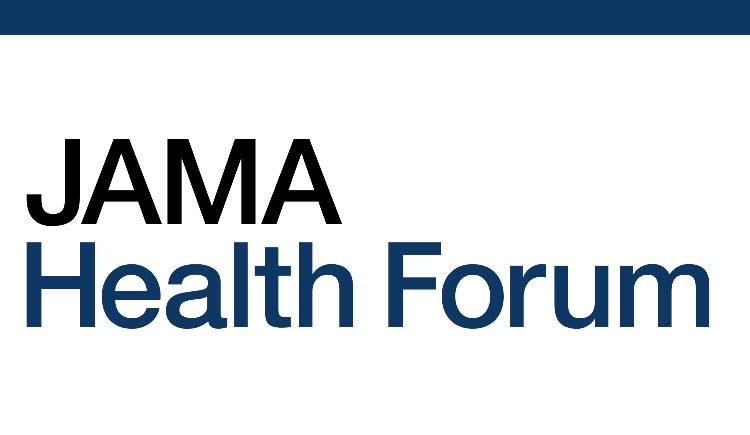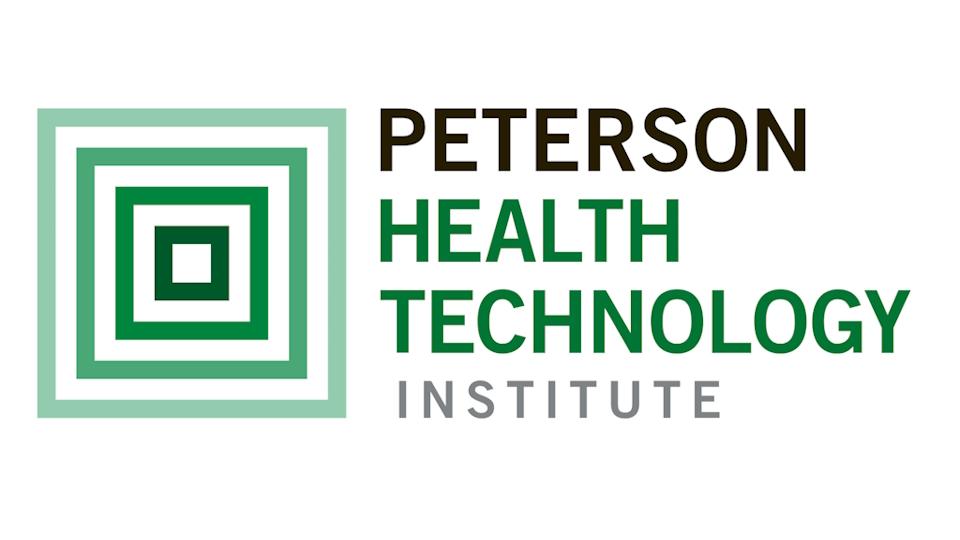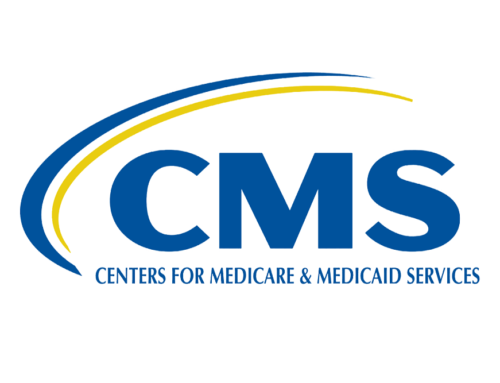CENTER UPDATE | JUNE 2025
In this Issue:
- New Whitepaper: Episode-Based Cost-Sharing
- New Bipartisan U.S. Senate Bill Seeks Eliminate Out-of-Pocket Costs for Childbirth
- Expanded HSA Benefits Could Boost Healthcare Savings Under New GOP Tax Plan
- Make American Health Care Affordable Again
- Virtual Mental Health Tools Improve Outcomes but Raise Costs for Employers and Plans
- High Healthcare Costs and Medicaid Cuts Deepen Financial Strain in Southern States
- Medicare Inflation Rebate Program Faces Challenges in Stabilizing Drug Costs
- What GoFundMe Reveals About U.S. Health Care Gaps
- Telehealth Use Declines in Home Healthcare as Federal Reimbursement Lags
Check it out! New white paper from VBID Health and XO Health.


New Bipartisan U.S. Senate Bill Seeks to Eliminate Out-of-Pocket Costs for Childbirth
The bipartisan Supporting Healthy Moms and Babies Act was introduced in the Senate, aimed to reduce the high cost of childbirth in the U.S. The bill would require private insurance companies to fully cover all childbirth-related expenses — from prenatal care and ultrasounds to delivery, postpartum care, and mental health treatment — without any co-pays or deductibles. Medicaid, which insures roughly 41 percent of American births, already covers these costs.

Expanded HSA Benefits Could Boost Healthcare Savings Under New GOP Tax Plan
A new Republican tax proposal backed by President Trump could significantly expand the use of Health Savings Accounts (HSAs). The plan would allow more individuals, including those enrolled in Medicare Part A, to contribute to HSAs and would increase annual contribution limits based on income. It also proposes broader coverage for HSA-eligible expenses, such as fitness costs and direct primary care memberships.


Make American Health Care Affordable Again
A new article suggests that an important goal in health care—affordability—is not getting the attention it deserves in Washington, DC. In addition to the catchphrase “Make America Healthy Again” (MAHA) and Secretary Kennedy’s focus on the burden of chronic disease in the U.S., the author suggests that we also consider a “Make American Health Care Affordable Again” agenda that addresses the cost of health care for Americans covered by Medicare, Medicaid, and private insurance.

Virtual Mental Health Tools Improve Outcomes but Raise Costs for Employers and Plans
A new evaluation from the Peterson Health Technology Institute (PHTI) indicates that virtual solutions for depression and anxiety can meaningfully improve outcomes for people with mild-to-moderate symptoms, but current pricing models for some result in higher total healthcare costs for employers and plans.

High Healthcare Costs and Medicaid Cuts Deepen Financial Strain in Southern States
A recent analysis highlights that residents in Southern states, such as Mississippi, Louisiana, and Arkansas, allocate over 16% of their household income to healthcare expenses, a burden exacerbated by low median incomes. These states also experience some of the highest rates of chronic conditions, including obesity, diabetes, and heart disease, contributing to elevated healthcare costs and poorer health outcomes. The financial strain is further intensified by proposed Medicaid cuts, which could increase costs and leave many without affordable healthcare options.

Medicare Inflation Rebate Program Faces Challenges in Stabilizing Drug Costs
The Inflation Reduction Act (IRA) introduced a Medicare Prescription Drug Inflation Rebate Program to address rising drug costs. Under this program, if drug manufacturers increase prices for certain Medicare Part B and Part D drugs faster than the rate of inflation, they are required to pay rebates to Medicare. While this initiative aims to lower out-of-pocket expenses for beneficiaries, some seniors have experienced unexpected increases in their coinsurance rates due to fluctuations in inflation-adjusted payment amounts. These unpredictable changes have led to financial uncertainty for beneficiaries, even when drug prices have declined.

What GoFundMe Reveals About U.S. Health Care Gaps
A new study analyzing over 7,000 U.S.-based medical GoFundMe campaigns highlights how many Americans rely on crowdfunding to cover not only medical bills but also essential living costs. Campaigns most commonly centered on cancer, surgeries, and accidents, with needs ranging from transportation and childcare to home modifications. Strikingly, nearly three-quarters of campaigns didn’t mention insurance, underscoring major gaps in coverage and support.


Telehealth Use Declines in Home Healthcare as Federal Reimbursement Lags
A national survey, led by researchers at University of California, Irvine, and published in Health Services Research, reports that while home healthcare agencies increasingly adopted telehealth services during the COVID-19 pandemic, the absence of federal reimbursement for these services has led to an increasing number of providers discontinuing these options.
Missed an Issue of Our Newsletter?
You can always find previous editions of our weekly newsletters on our website here.





